Brandalism Street Art from 2000s
I started practicing Brandalism before there was a word to explain what Brandalism was. Initially, I began writing on advertisements with phrases that contradicted media society. Gradually, I started creating graphic interventions on the faces of models in billboards, making abstract shapes that I likened to “sores,” as if a brand were synonymous with the corruption hidden behind the world of advertising.
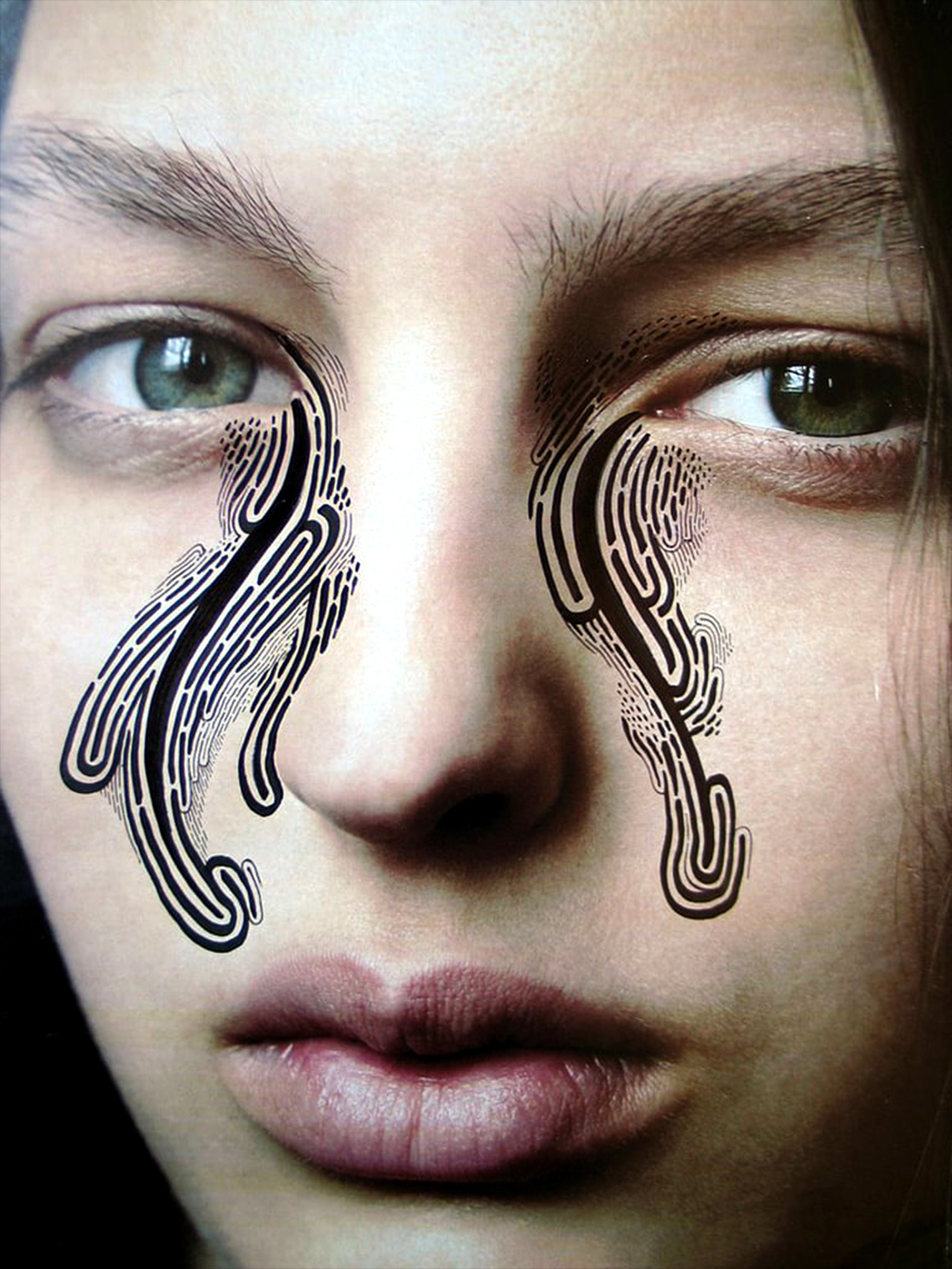

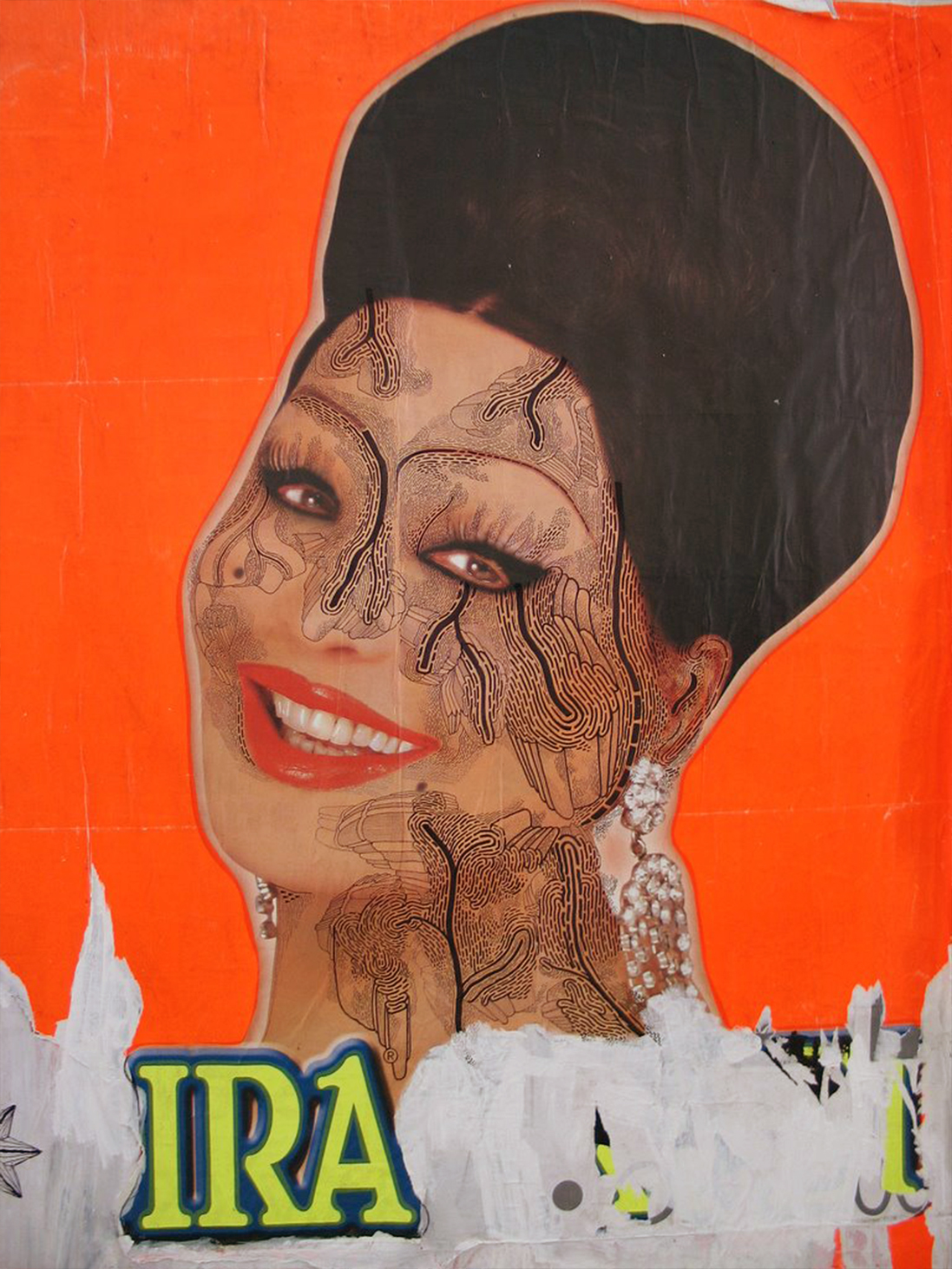
Moira – Roadside Advertising . Private Collection _ 2006
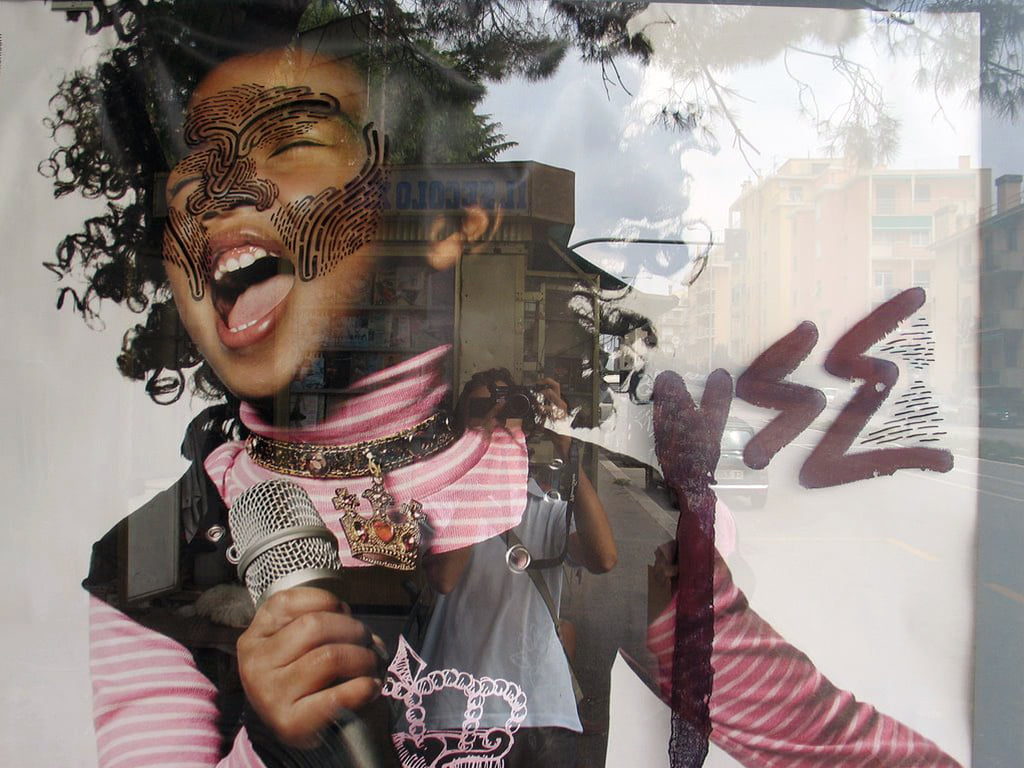
Roadside Advertising _ 2006

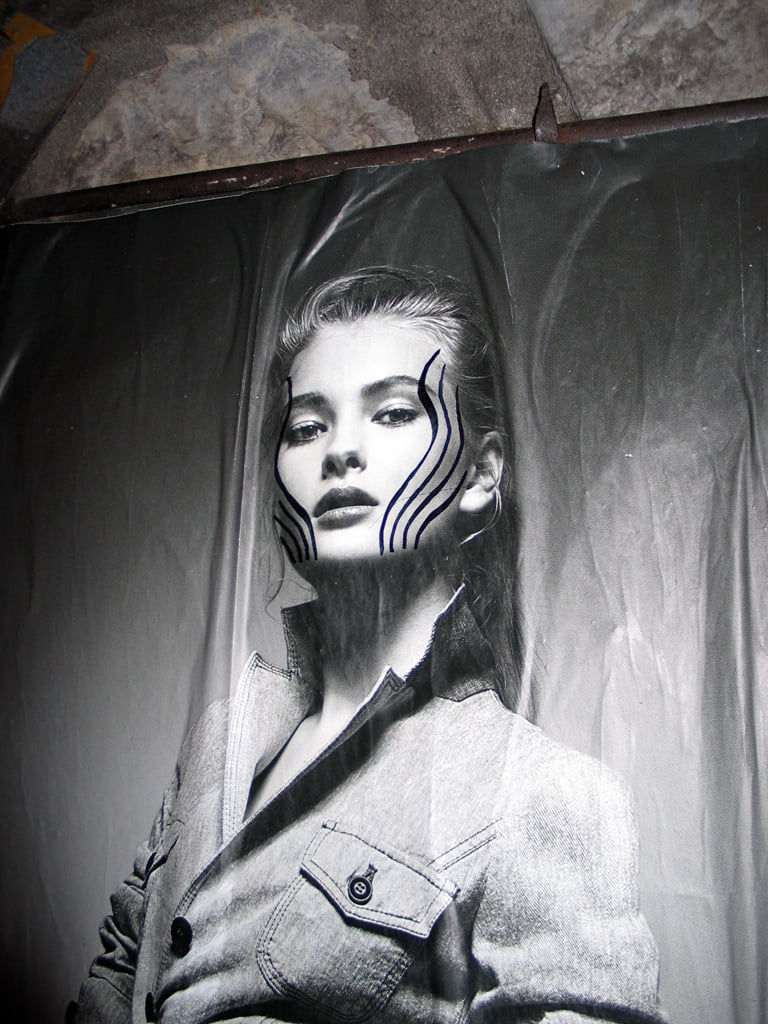
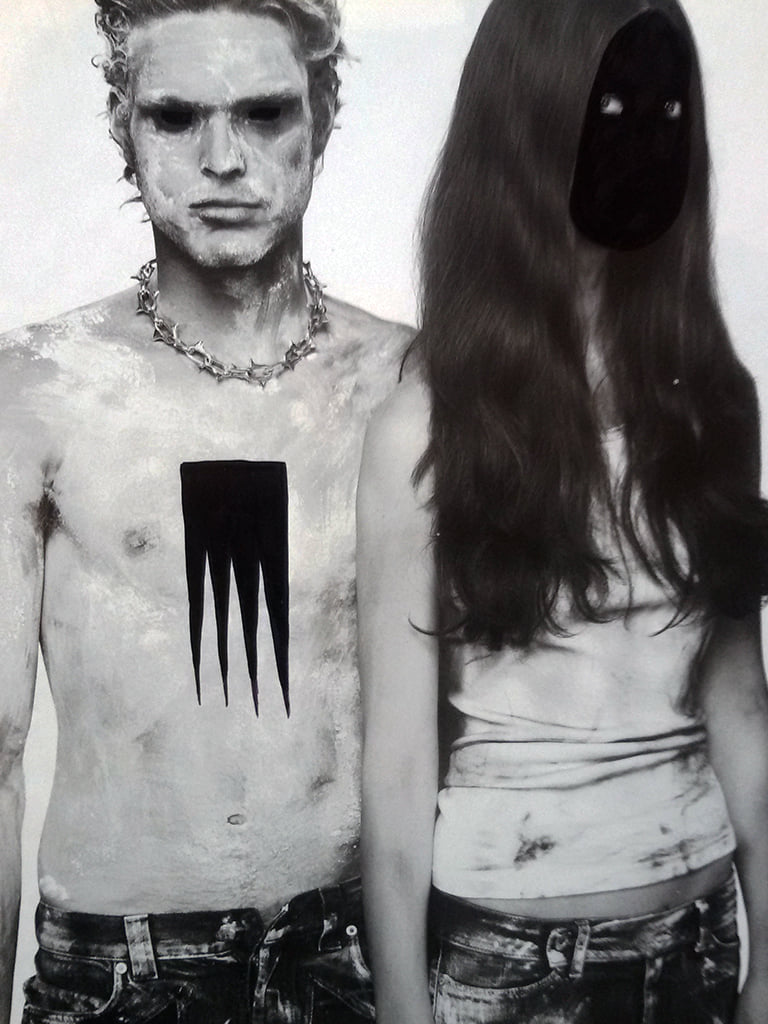
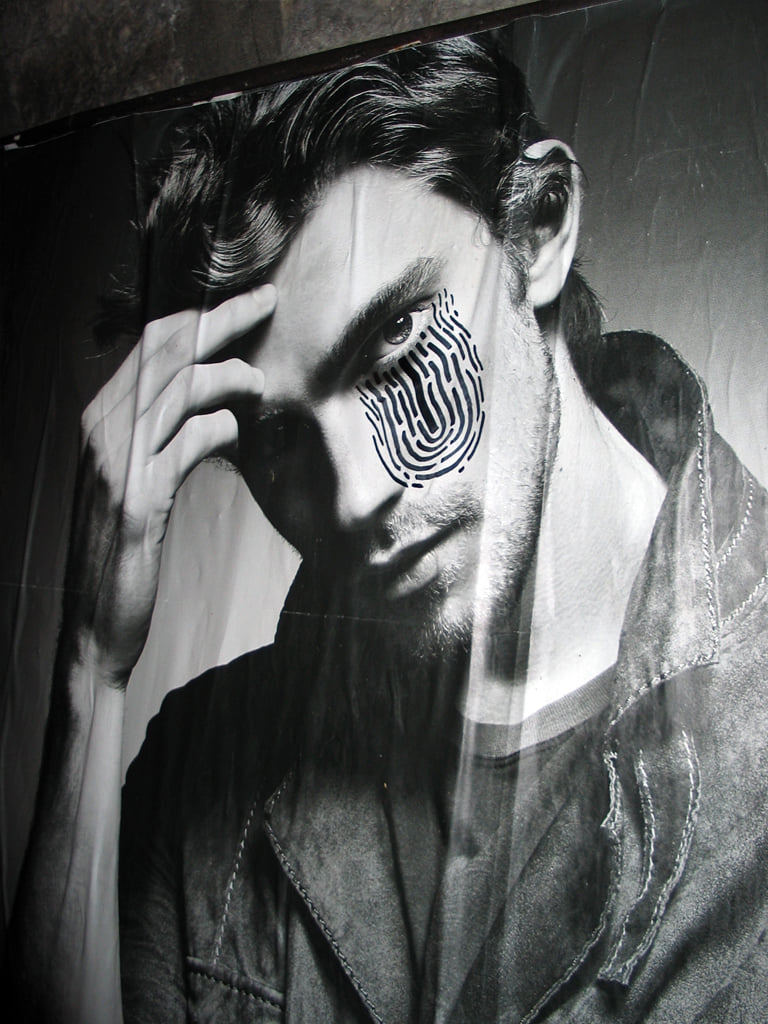
Roadside Advertising _ 2004/2005
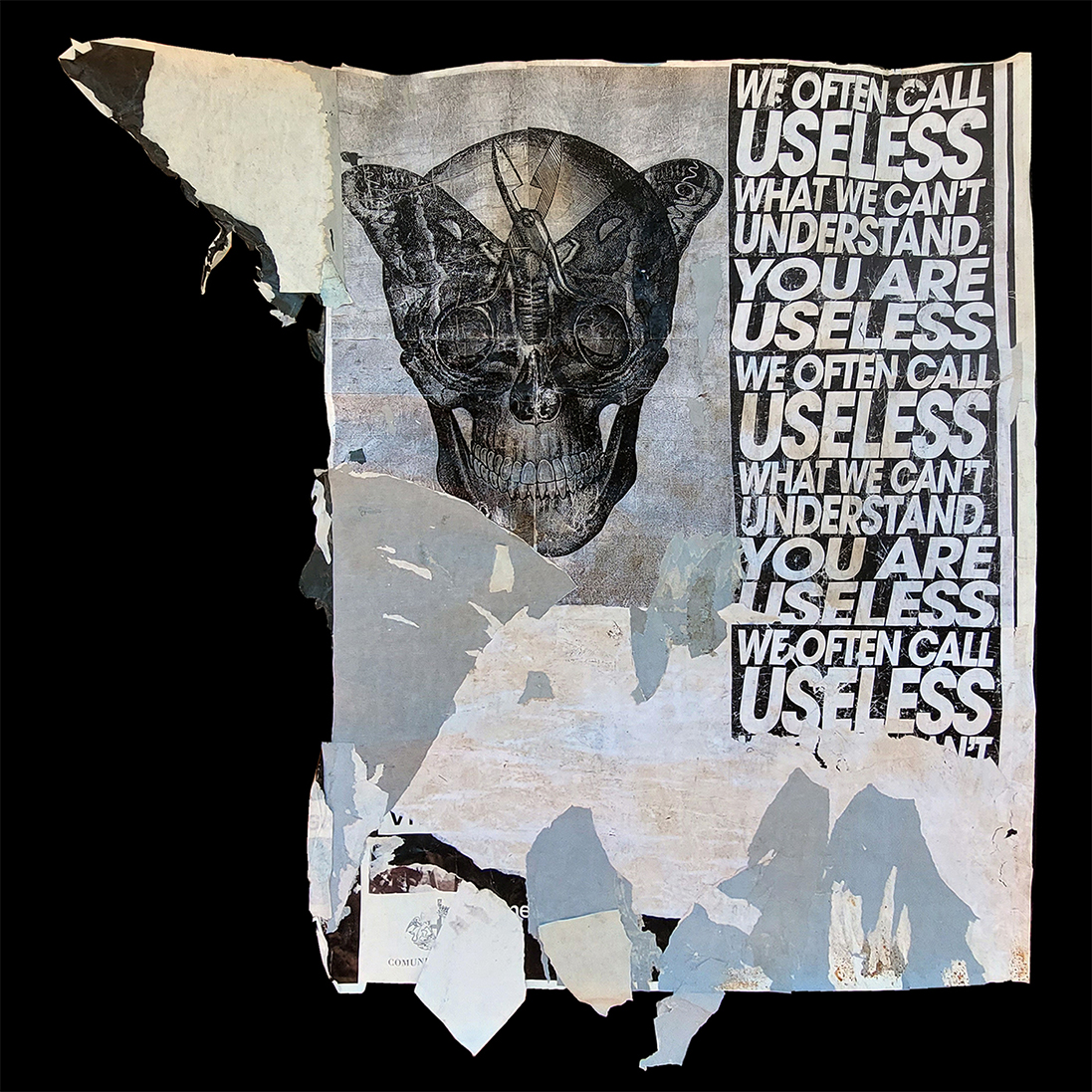
Poster Propaganda – Roadside Advertising . Private Collection _ 2000
In the early 2000s, influenced by communication studies, I began to engage in poster campaigns featuring “subversive” or “reflective” phrases such as “We often call useless what we can’t understand” or “You are useless.” These phrases relate to the meaning behind my nickname “Useless Idea,”. This intended to express the idea that what we often deem unimportant not is, in fact, useless, reflecting my discomfort with society a sentiment that was further emphasized by the historical context. “Useless” can be understood as an anti-hero, as an anti-communication, anti-brand, and yet, at the same time, a brand in itself.
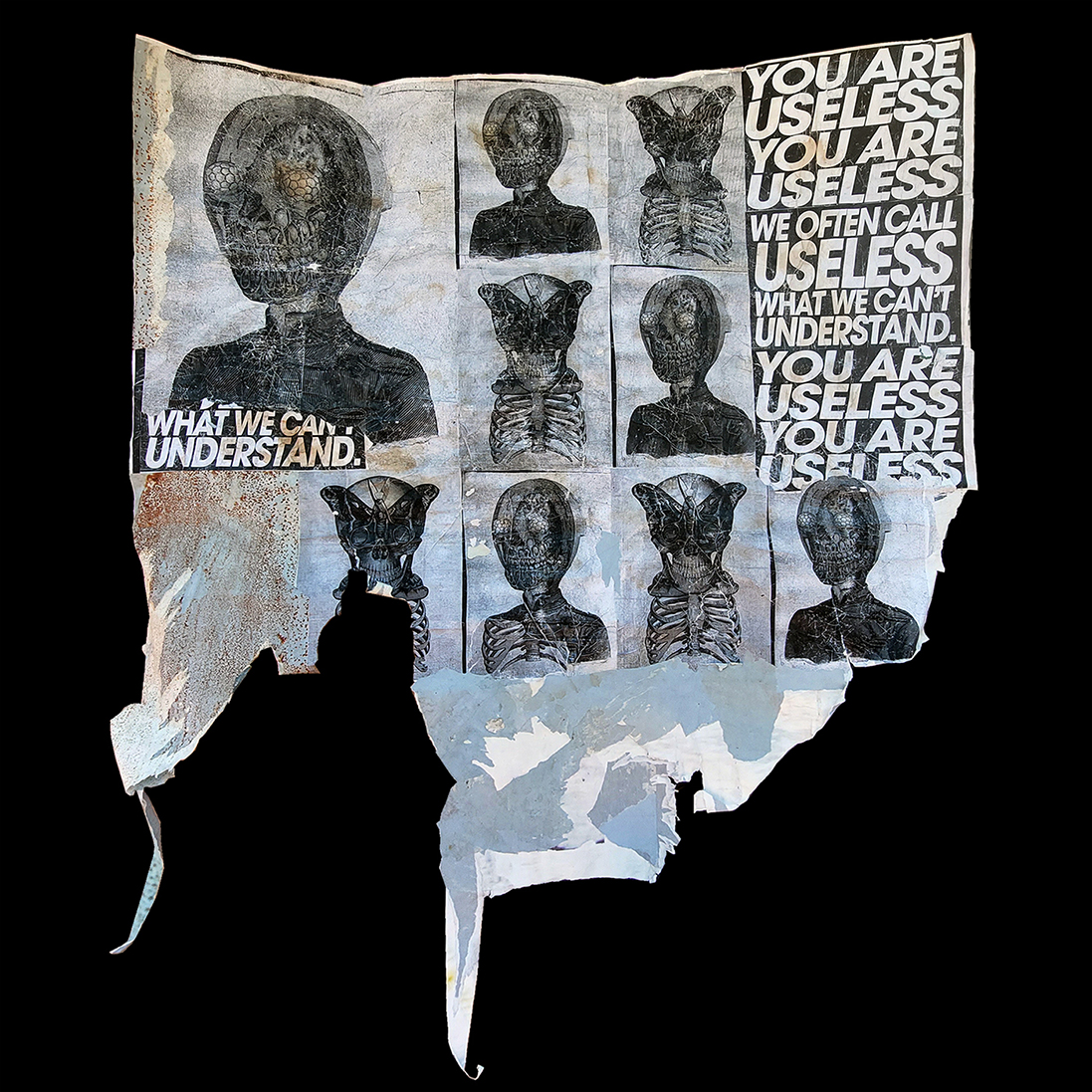
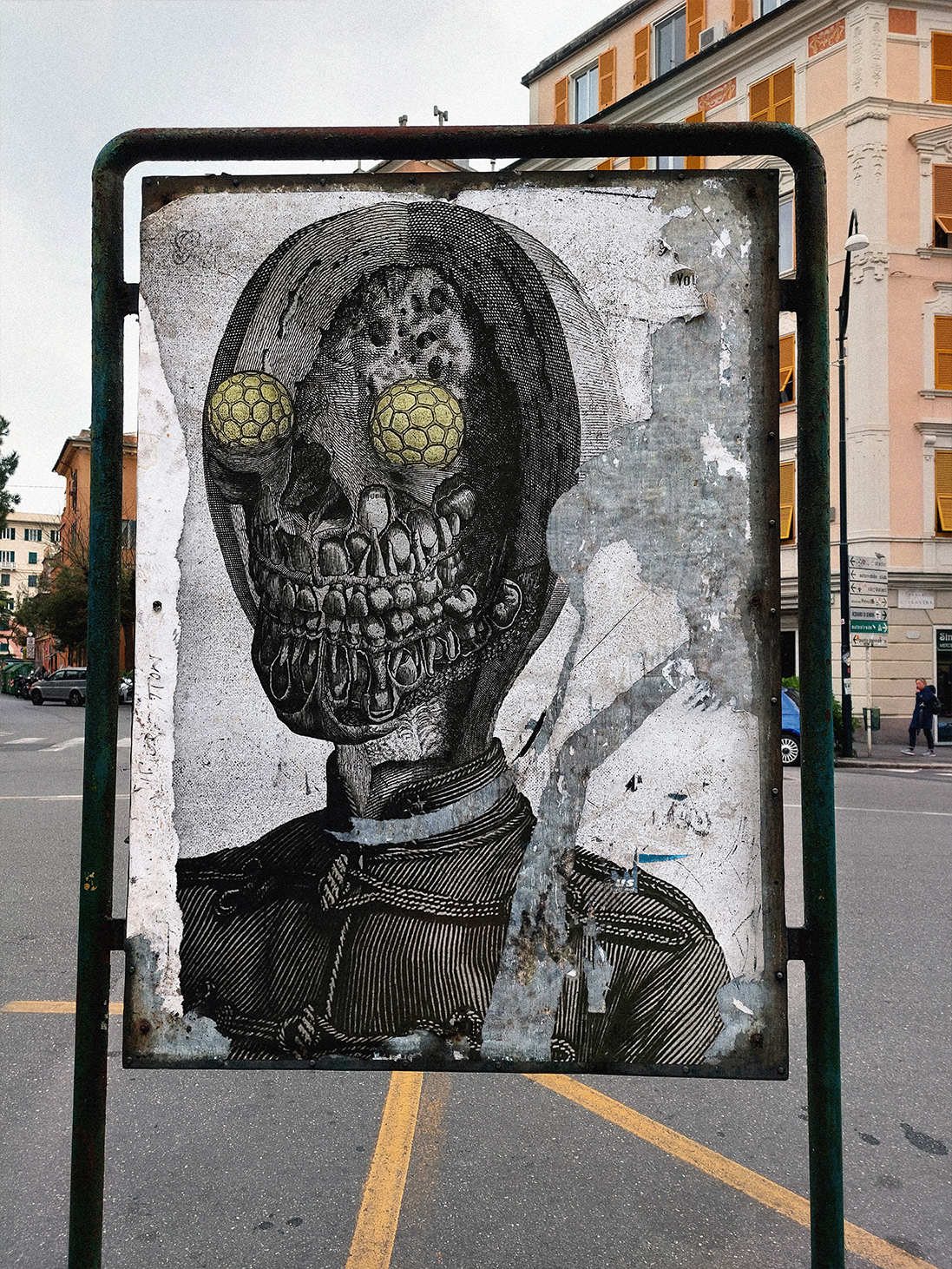
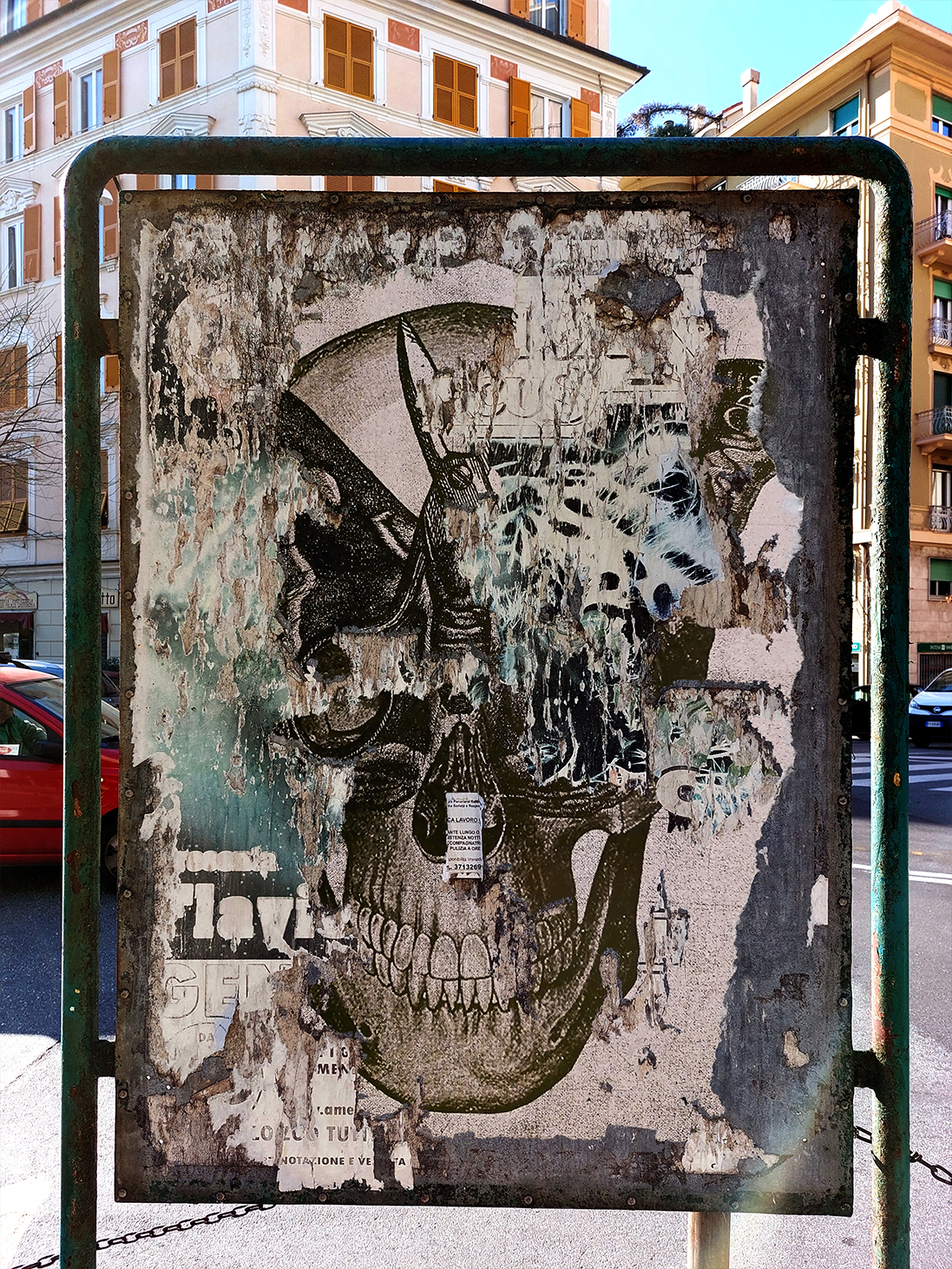

Roadside Advertising _ 2004
In 2001, the Twin Towers collapsed, catapulting my generation and society as a whole into the oblivion of crisis a crisis not only economic but also social, cultural, and of faith. This context, characterized by slogans, optimism, international conspiracy theories, and socio-political-cultural crises, significantly influenced my aesthetic and my imagination, not only visually but conceptually. I understood that in the era of globalization and the emerging (global) internet, my work needed to expand across multiple levels and media that society provided. This contributed to a further counterposition against the nascent Street Art scene of the late 2000s, which tended to showcase a more popular, illustrative, and easily digestible language. As a result, my imaginative vision became increasingly “difficult” and anti-commercial.
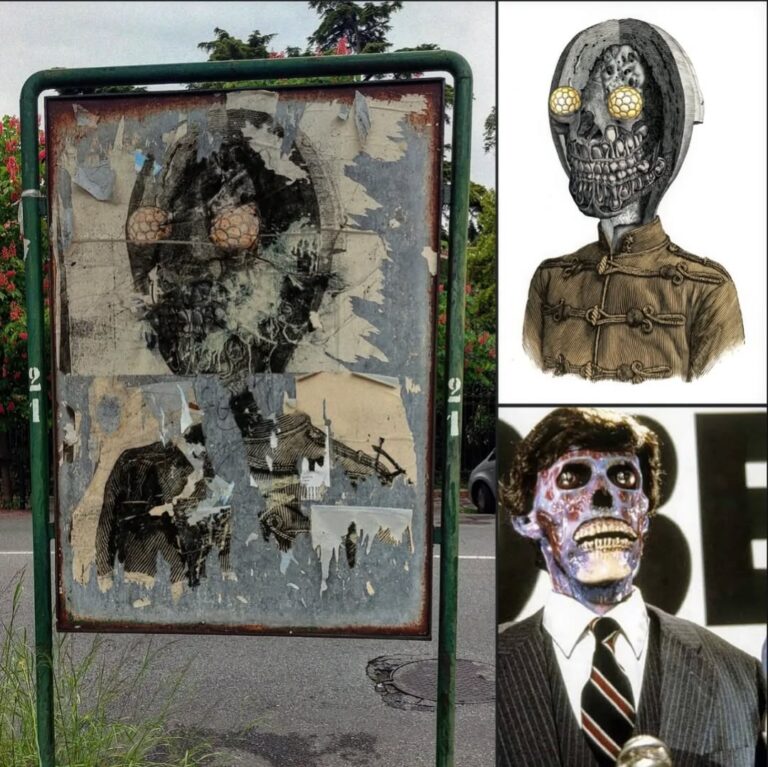
This series of works entitled ‘Doom’, created in the 2000s, is significantly influenced by the imagery of John Carpenter’s film ‘They Live’.
With surprise, I discovered that Obey was also inspired by this film; I hadn’t caught the quotation connections initially, since the name was Obey Giant with the face of André the Giant the wrestler.
At that time the web wasn’t so full of information and the work of artists was much more mysterious.
John Carpenter’s filmmaking has significantly influenced various forms of art, including painting, sculpture, graphic design and music. With his signature style of suspenseful storytelling, atmospheric music, and striking visuals, Carpenter has inspired countless artists across different media.
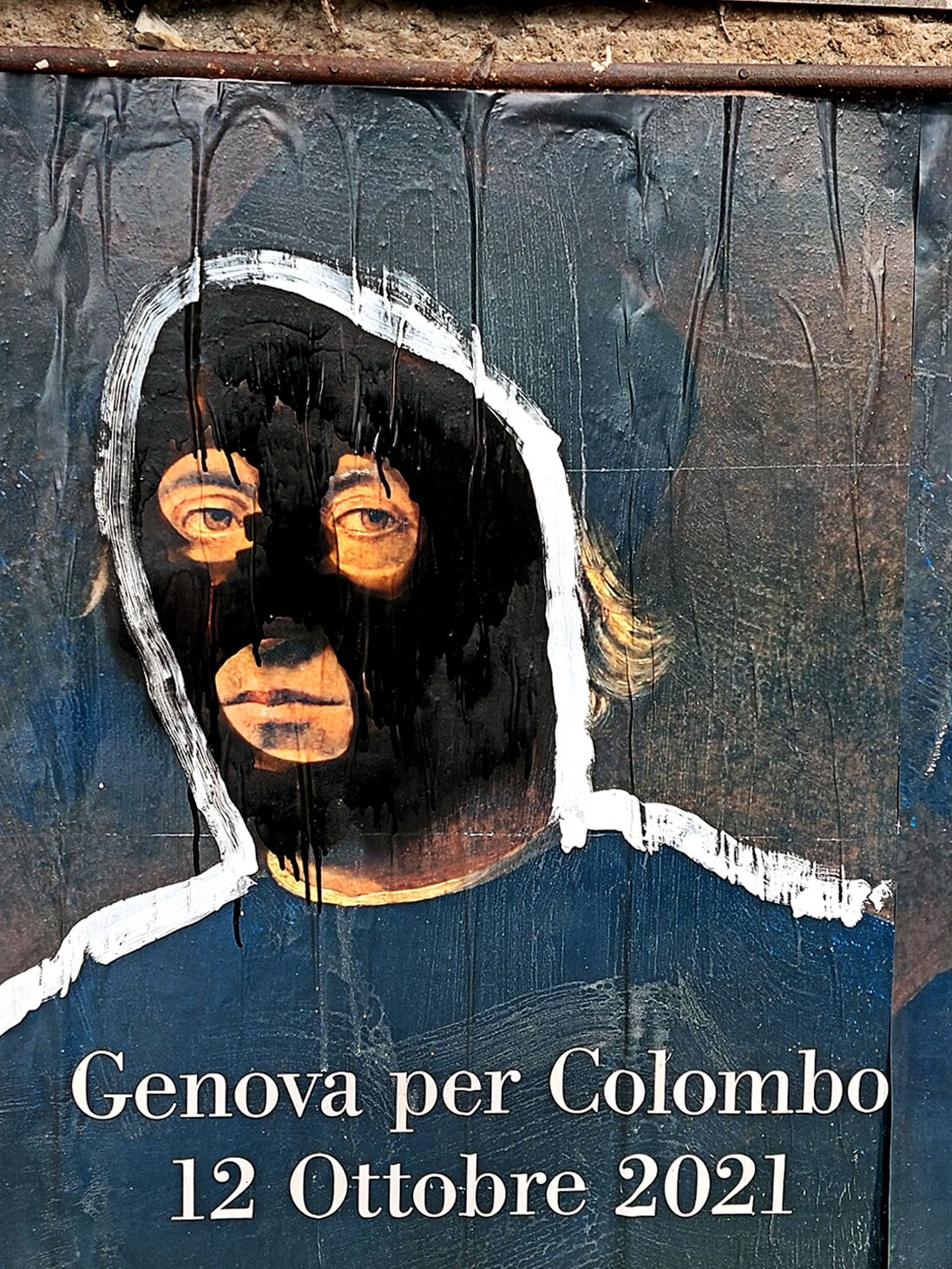
Title: Give Me Your Land! – Roadside Advertising . Private Collection _ 2021
The artwork “Give Me Your Land” reinterprets Christopher Columbus with a balaclava, transforming him from an explorer into a symbol of exploitation and predation. This unconventional representation highlights the dark side of colonialism, linking the balaclava to concepts of crime and invasion, typical of colonial forces. The title of the work invites the audience to recognize the violent appropriation of native lands, emphasizing the devastating legacy left by Columbus. By employing post-vandalism and brandalism, it alters the romantic narrative of the hero, instead offering a raw and critical view of colonial conquests. The artwork compels reflection on the lasting impacts of colonialism and the importance of a complex understanding of history that embraces both successes and failures. In summary, “Give Me Your Land” is a strong critique of Columbus’s legacy and the mechanisms of exploitation associated with exploration.
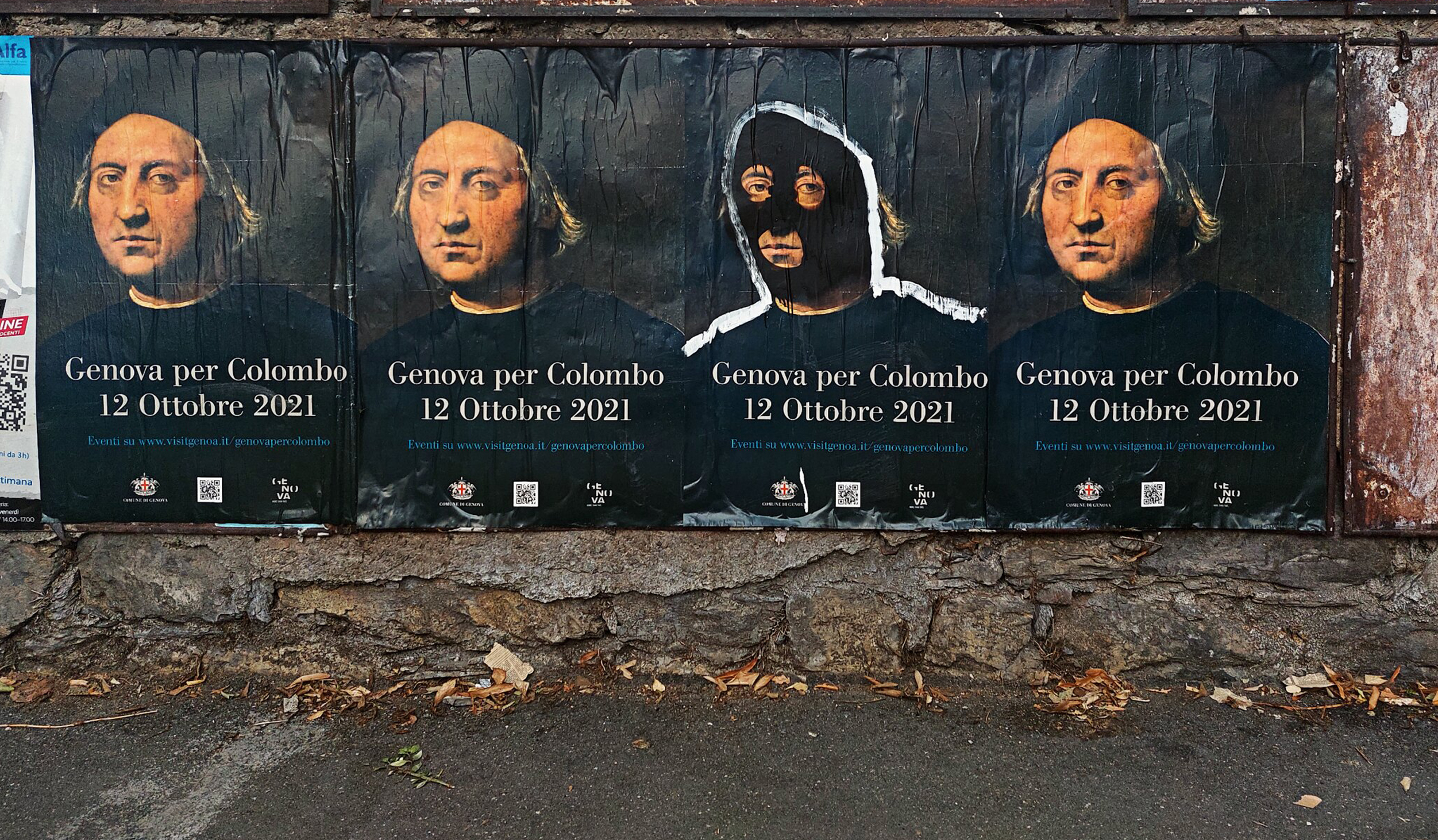
Title: Give Me Your Land! – Roadside Advertising . Private Collection _ 2021
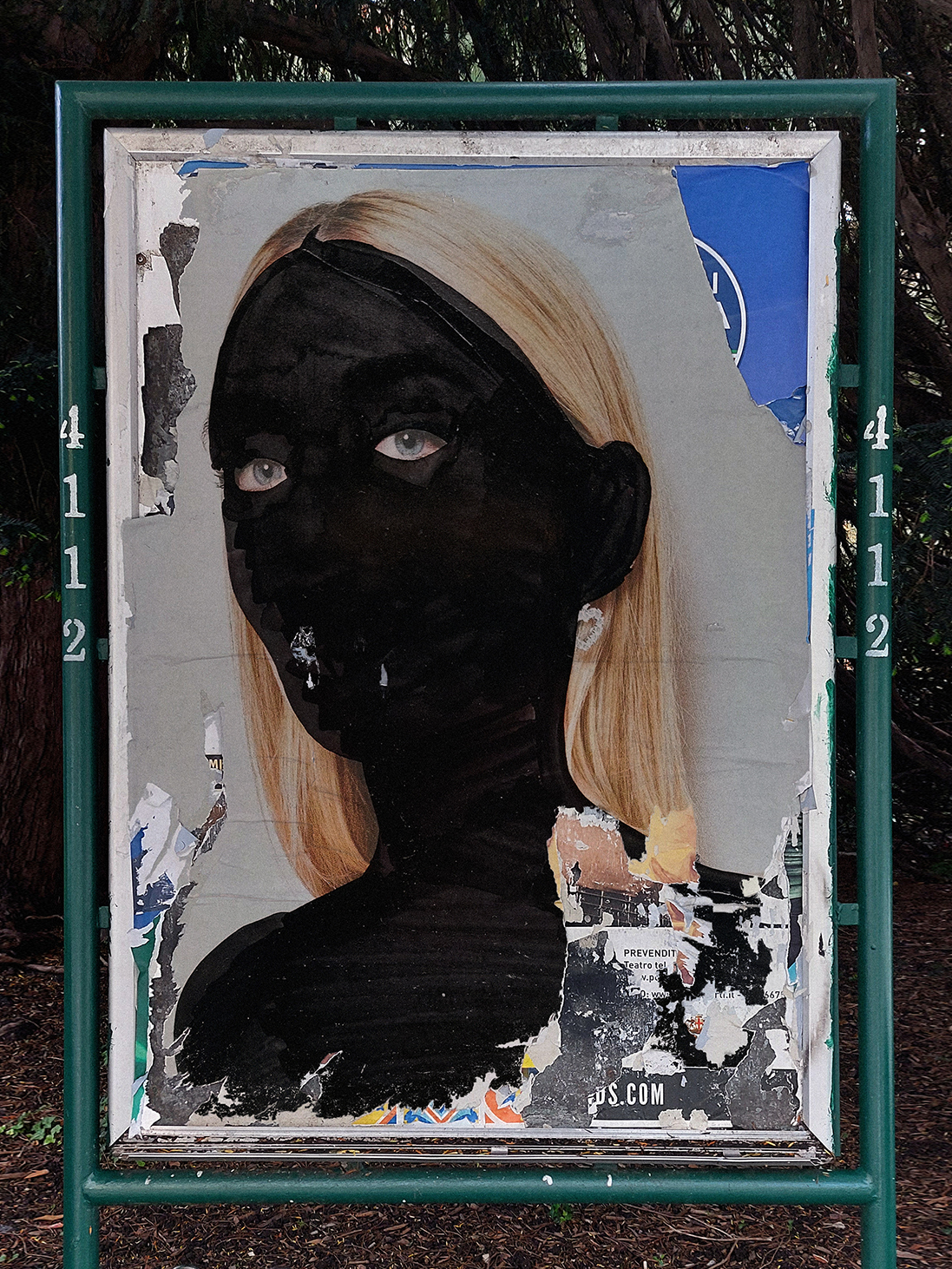
Roadside Advertising _ 2024
This street intervention is recent and has proven to be controversial, causing an uproar because many interpreted it as a portrait of Giorgia Meloni, the Italian Prime Minister, covered in a black tint that revealed only her eyes and hair. This evoked associations in the public with “Faccetta Nera,” a song from 1935 linked to fascist propaganda justifying Italian colonial campaigns, particularly in Africa. It was not my intention to associate this image. Naturally, I have my own thoughts, some of which are explicit, while most arise from actions to which I associate subliminal and less direct messages. However, once this interpretation was created by the public, I too recognized the same message and chose to adopt it.
